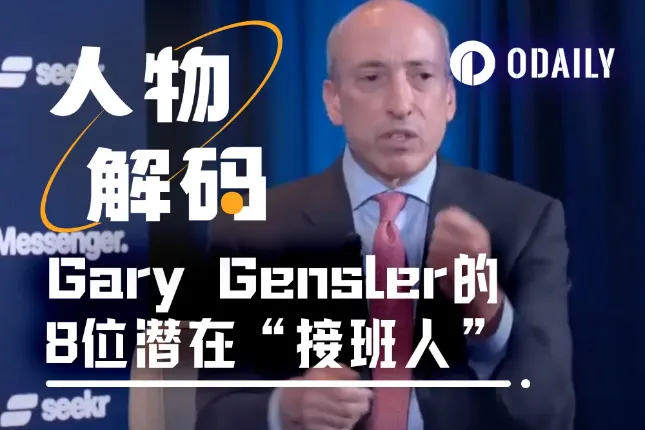Since BUSD faced regulatory scrutiny and faded from the center stage of stablecoins last year, its issuer Paxos has had to adjust its strategy and strengthen compliance efforts. Recently, Paxos announced the launch of the Global Dollar Network (USDG), a compliant stablecoin network in Singapore, which has attracted several crypto giants and aims to promote widespread adoption of the stablecoin through reserve yield distribution.
Compliant Stablecoin Approved by Singapore Regulator, Introducing Reserve Yield Distribution Mechanism
After receiving formal approval from the Monetary Authority of Singapore (MAS), Paxos announced the launch of the compliant dollar stablecoin USDG earlier this month. Currently, this stablecoin operates on the Ethereum blockchain, with plans to expand to other public chains based on regulatory developments.
USDG is backed by a 1:1 dollar reserve, which includes dollar deposits, short-term U.S. government bonds, and other cash equivalents. Singapore's largest bank, DBS Bank, serves as the primary banking partner for USDG, responsible for managing its dollar reserves.
Paxos plans to release the first attestation report for USDG in November, which is expected to be issued by the independent third-party accounting firm Enrome LLP. This review will be conducted according to the standards set by the Singapore Chartered Accountants Association. To build community trust and ensure complete transparency and reliability of financial data, Paxos has committed to publishing attestation reports monthly going forward.
In the fierce competition among various compliant stablecoins, USDG has also introduced an innovative yield distribution mechanism to enhance its competitiveness. "Stablecoins are reconstructing the financial system, fundamentally changing how people interact with the dollar and payment methods. However, current mainstream stablecoins are unregulated and retain all the yield from reserve assets. USDG is essentially a community token that returns almost all the yield to participants, and anyone can join. The network aims to incentivize the use of stablecoins globally and accelerate the socialization of this technology," said Paxos co-founder and CEO Charles Cascarilla.
Unlike mainstream stablecoins such as Tether (USDT) and Circle (USDC), USDG allows its partners to earn up to 100% of the yield generated from assets supporting USDG on the platform. USDG will distribute rewards based on various factors, including the different participation methods of partners and the liquidity created within the network. Custodians, exchanges, payment technology companies, and other institutions in the financial sector can join through official invitations.
Currently, USDG has announced partnerships with Anchorage Digital, Bullish, Galaxy Digital, Kraken, Nuvei, Paxos, and Robinhood.
Strengthening Compliance Efforts to Expand Stablecoin Landscape
Paxos is a significant player in the stablecoin market, having obtained regulatory licenses from the New York Department of Financial Services (NYDFS), the Monetary Authority of Singapore (MAS), and the Financial Services Regulatory Authority (FSRA) of Abu Dhabi Global Market. The assets it has issued include USDP, PAXG, BUSD, PYUSD, USDL, and USDG.
Among these, BUSD, which once held a significant market position, suffered greatly after being investigated by multiple U.S. regulatory agencies in 2023. Although the U.S. SEC announced in July this year that it would cease its investigation into Paxos and determined that BUSD was no longer a security, the market share of this stablecoin has been consumed by competitors, and it has also impacted Paxos's reputation and business significantly.
In response to this challenge, Paxos has actively explored more partnership opportunities and business models this year. For example, in January, the stablecoin USDP was officially launched on the Solana network; in June, Paxos introduced a yield-bearing dollar-denominated stablecoin, Lift Dollar (USDL), regulated by the United Arab Emirates (UAE); in October, Paxos announced the launch of a stablecoin payment platform to provide stablecoin payment and withdrawal services for payment providers and merchants; and in the same month, Paxos announced plans to integrate with the Stellar network, aiming to bring assets onto the Stellar network by the end of 2024.
Additionally, in June this year, to focus resources more on core businesses such as tokenization and stablecoins, Paxos made strategic layoffs. Nevertheless, Paxos continues to emphasize its robust financial condition, holding over $500 million in its balance sheet.
Furthermore, Paxos has brought in talent with regulatory backgrounds to further strengthen its compliance system. For instance, in May this year, "crypto godfather" and former CFTC Chairman J. Christopher Giancarlo joined the Paxos board to provide guidance and advice to the issuer.
"Blockchain and stablecoins are reshaping the financial system, allowing it to coexist with the internet. Stablecoins or digital dollars (dollars digitized through blockchain technology) are a key upgrade to payment systems, fundamentally changing the flow of money, allowing more people to participate in the global economy, and ensuring the dollar's dominance in the coming years," Charles Cascarilla recently emphasized in an open letter to major presidential candidates in the U.S., reiterating the significant impact of stablecoins on the future of the dollar.
免责声明:本文章仅代表作者个人观点,不代表本平台的立场和观点。本文章仅供信息分享,不构成对任何人的任何投资建议。用户与作者之间的任何争议,与本平台无关。如网页中刊载的文章或图片涉及侵权,请提供相关的权利证明和身份证明发送邮件到support@aicoin.com,本平台相关工作人员将会进行核查。




